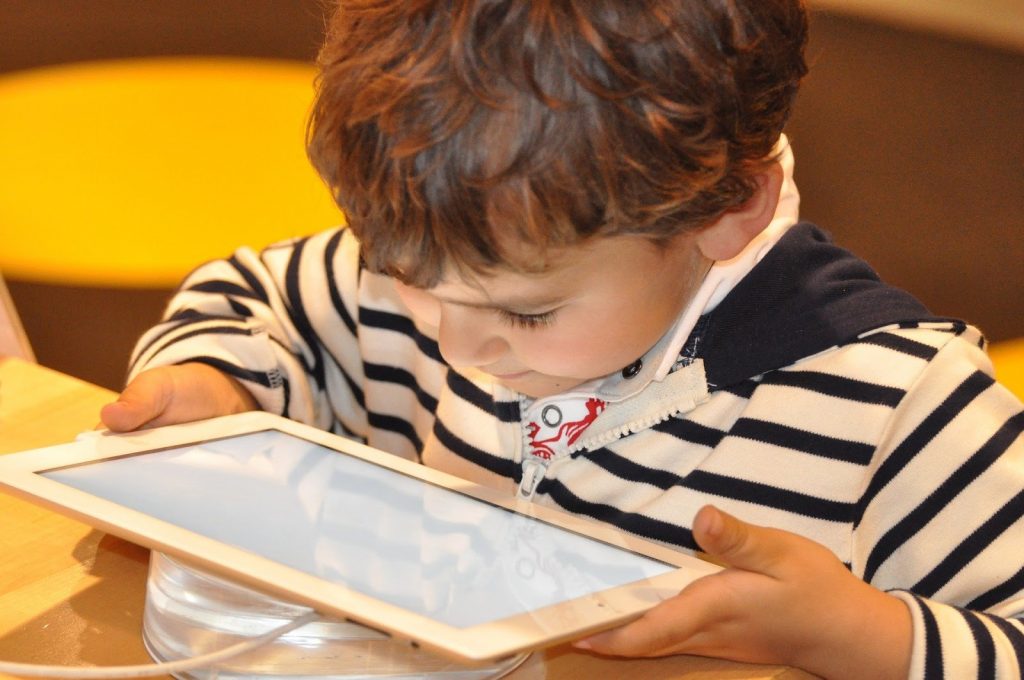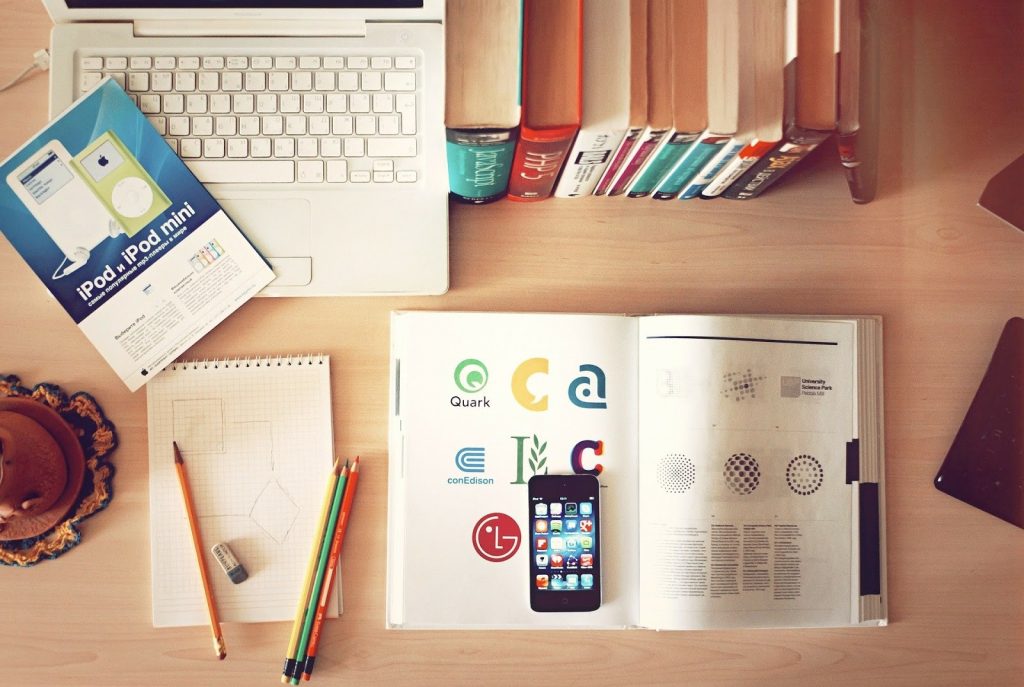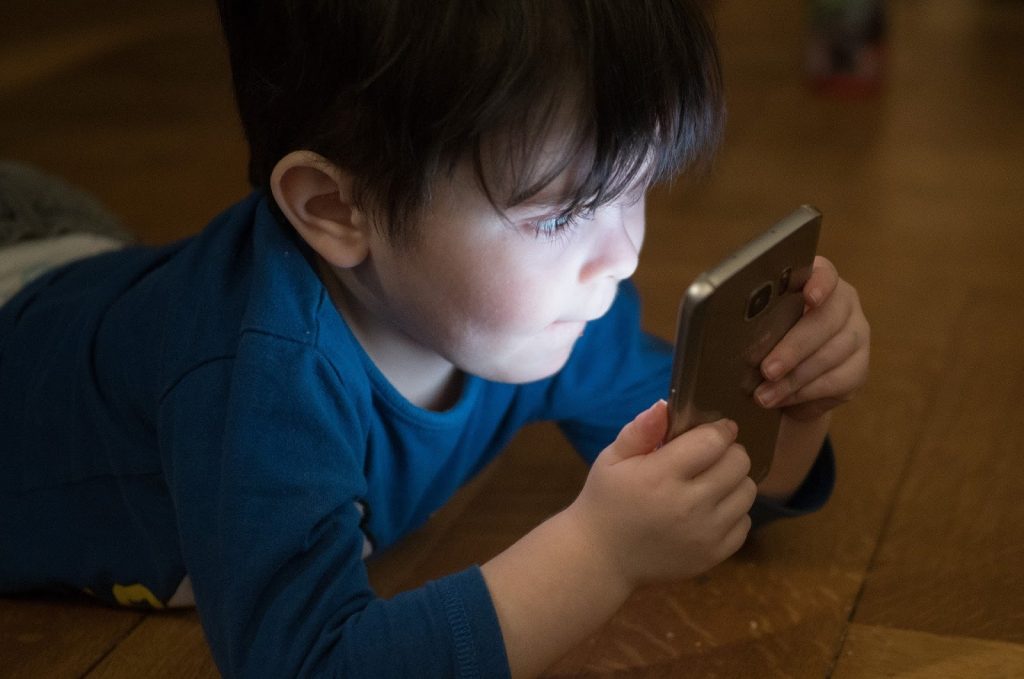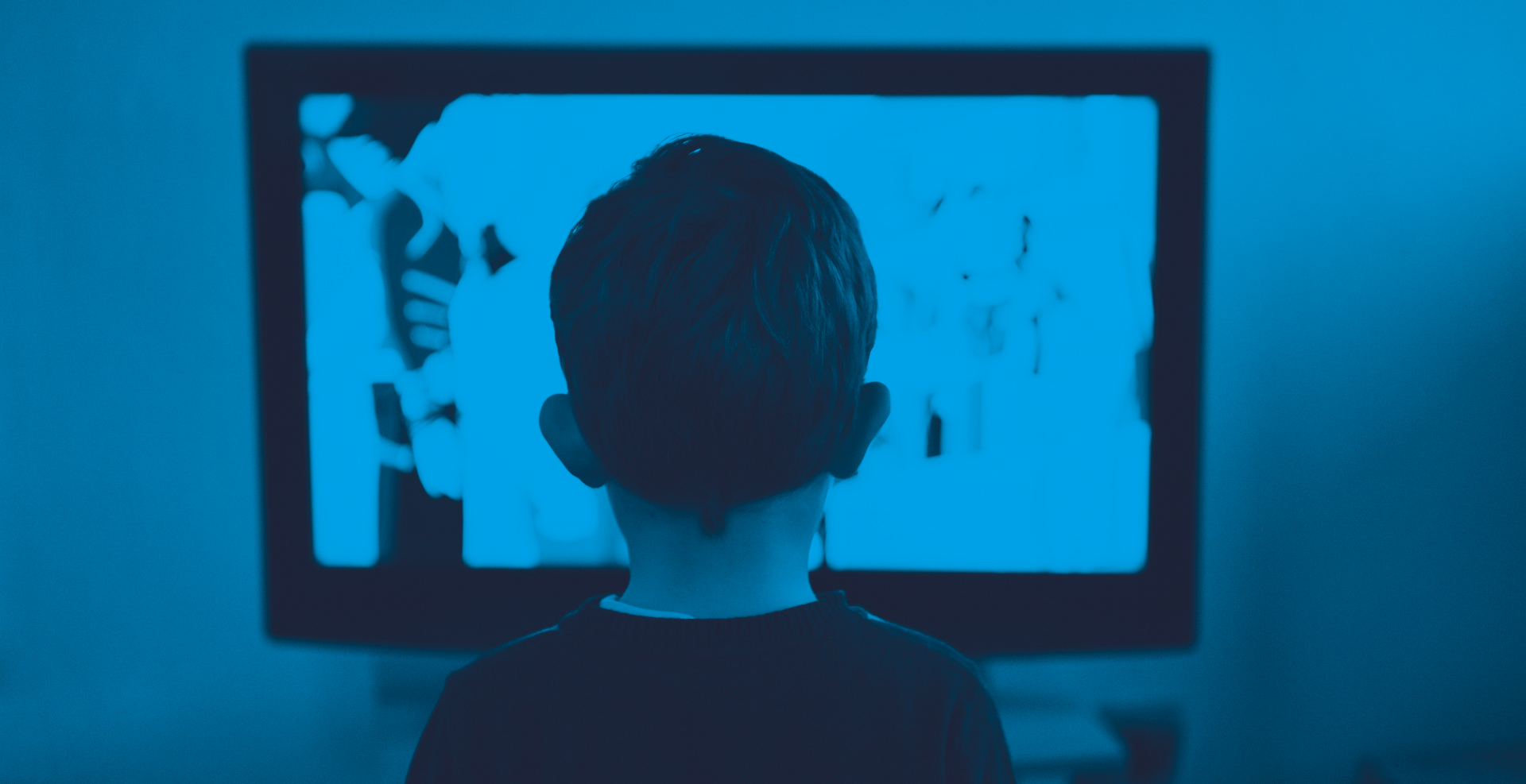3 April 2020
Conversation with José Manuel López

José Manuel López is a teacher and a psycho-pedagogue. He has a postgraduate degree in multimedia and education and two masters, one in new technologies applied to education and the other in e-learning. He has participated in numerous research projects at the UAB and has created the Connecta+ project for education in the good use of the Internet and technologies.
It started in the 80s with ICT, when nobody noticed them. Its use was trained and promoted throughout Spain. It has dedicated more than 40 years to turning technology into a motor for educational transformation. His experience is extensive and full of illusions and disappointments. He believes that “digital tools do not serve to reproduce the patterns of the traditional school. We have to give the student a leading role, but there is still a great resistance to the pedagogical transformation”. On some occasions, he comments, “the lack of planning and sense has led to resounding failures like the 1×1 project.” For too long, he says, “the transformative power of technology has been thought about, yet the real transformation has to come from the pedagogy and the education system. Technology is a powerful tool, but a tool at the end.
By Ana Moreno
What role should technology play in education?
We started talking about technology a long time ago, when we saw the possibility of individualizing learning. It really is a tool that helps teachers a lot to be able to do it. But you need quality content.
Later on there was a trend that identified innovation with technology. For example: digital blackboards in classrooms, in theory they were supposed to revolutionize education. But a tool is a tool and that was not a methodological change. The teachers continued doing the master classes changing the chalkboards for PowerPoints. Then came the tablets and the electronic books. He repeated the mistake of thinking that by using technology the teacher was innovative. José Antonio Marina said: “A donkey with an internet cone is still a donkey”.
Technology is a tool that is worked on in a transversal way to the curriculum. Technology does not have a role by itself, but it has a role as a work tool.

Otro tema es la atención a la diversidad. En los años 70 se hablaba de individualización. Un niño o una niña cuando llega a la escuela tiene que ser ayudado y tiene que salir adelante. Sea como fuere. Todo el mundo es diverso. Ya no existe el concepto de “normalidad”. Y en este sentido las tecnologías nos pueden ayudar mucho. La tecnología tiene un gran potencial para ayudar a todos los niños y niñas: los alumnos en el aula y con tecnología pueden estar trabajando realmente en aquello que necesitan.
En Escocia tienen una plataforma que de alguna manera va guardando lo portfoli de todo aquello que ha ido tirando el alumno, incluyendo extraescolares, proyectos de clase, etc. En Escocia no evalúan con la nota final del expediente académico, sino el que miran es este portfoli de todo aquello que ha hecho el alumno en los 12 años de enseñanza obligatoria. En unas jornadas en Cataluña, donde vino una empresa a explicarlo, decían que para poder tener esto la aplicación de gestión no era una aplicación de notas, sino que era un escritorio que el profesor preparaba y que cada alumno a principio de cada día tenía sus propias tareas a desarrollar. Había tareas en equipo, y tareas individuales. Es posible personalizar en educación.
How should it be taught in the use of technology?
Boys and girls are very skilled at using a mobile device, but this does not mean that they are competent. They can go faster than you, but for technology to become a productive tool, they need training, understanding of all the learning opportunities they offer. Work to make technology a tool and help them become competent.
Currently, technology is a tool that is worked on in a transversal way to the curriculum. Technology does not have a role by itself, but it has a role as a work tool, it is very useful to work on different contents of different subjects.
Obviously, we have to teach students how to look for information. But not only to look for it, but to distinguish whether this information is reliable or not. And then to work this information and convert it into knowledge; because excess information easily becomes disinformation. This knowledge has to be communicated and worked on in a cooperative way. At this point, technology lets us do all these things.
From 2012-2013, administrations worldwide have developed core competencies in the use of technology. The European Commission has drawn its definition of what is the digital literacy. All the autonomous education administrations in Spain have taken the European Commission’s definition of digital competence; all except Catalonia.
There are four areas of competence:
Use of applications and devices. What had always been called ICT, in 2014 is now called TAC (technologies for learning and knowledge). We do not have to prepare only the children at school for the professional future. We need people who improve the world in which we live, who have ideas. If we do not make them think, this is not possible. Children do not have to use technology now only because they will need it at work in the future, but also to learn to think efficiently.
Access to information, critical thinking. Asking questions about the reliability of the source. Now that we are experiencing a great democratization of information and anyone can give their opinion and publish, it is important to verify the reliability. How can we develop the critical spirit of children in the face of fake news because children are not manipulated, have a criterion and know how to find reliable information? It is essential to train them because now the media are taking people’s opinions where they fly. People are getting carried away.
Use these tools as collaborative tools. It is good that students have the competence to share and generate knowledge developed.
Competence to communicate. Besides generating knowledge, the student must know how to communicate.

Children have to use technology now because in the future they will need it and also to learn to think efficiently.
There is one branch that is extremely important: digital citizenship and ethics, which the European Commission calls “security” and “protection”. But I think it is a very passive barrier. When students are connected to the Internet, for example, they have to set in motion a number of important attitudes such as respect. They have to know how to critically assess what they are looking for; it is not just protection, it is knowing how to use the tools and knowing why we do it. In general, this is not being worked on.
Another important point is the accreditation of the digital competence of teachers. For a teacher to be digitally competent, in addition to demonstrating skill in the use of devices, they must be able to make a critical reflection on how technology can favor the learning of their students and their growth.
What does education have to look like in the digital age?
The use of technological tools also has side effects, it is not neutral. Right now Jean Twenge, a psychologist at the University of San Diego, is studying the iGen generation. According to Twenge, children born after 1995 have very different developmental patterns than other generations. The way young people live now is determined by the way they relate to technology. iGen has always lived with technology, from the very first minute of its birth. Rates of alcoholism have fallen, sporadic sex and underage pregnancies have dropped. But all this is produced because they are people who do not relate, people who do not go out with friends, who stay at home in isolation. They prefer the relationship with their device than face to face. This is leading to disenchantment: it is a hyper depressive generation, with a very high rate of anxiety and distress.
Somehow we have to study at the level of society, what the limits are that we pose in technology. Especially when the children are minors and in their process of education. In Korea, the number of hours that young people can spend connected to the device has been legislated for a long time. China has also just passed a law limiting the hours of connection during the week and on weekends. Parents are responsible and if this is not complied with, they can be fined and even go to court and to prison.

We have to study at the level of society, how technology is transforming the lives of young people and society and what are the limits we place on technology.
A 2015 U.S. study said U.S. teenagers spent 9 hours a day online, not counting the devices they used in the school setting. Everything they did, everything was on one device. How the use of technology is transforming the lives of young people and society has to be studied.
The serious message: technology, maximum because it will contribute a lot, but always with an intention. If you have an educational intention, there has to be someone to guide the young person: to use technology to do a task, and when he or she finishes it, to leave the device. If it has to be used at home, the tool has to be controlled by the parents. These boys and girls are immersed in this technological world, and we cannot go against the tide, we cannot avoid it. But at the very least we don’t enhance it. There are a number of side effects on children that are very important to study.
In conclusion…
I believe in a reasonable and thoughtful use of technology. With sustainable and appropriate, democratic and free solutions available to everyone. I believe that our students have to be digitally competent, but they also have to be critical thinking bonuses to make good use..
Technology in education has to enable the humanization of education. Give everyone what they need. Facilitate equality of opportunity, as one teacher said that it will take a lot to give more to those who need it most.
Related to: Interview
You might also like








Leave A Comment